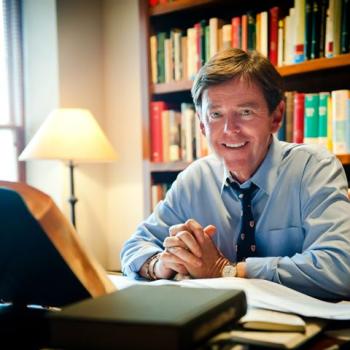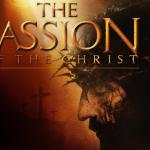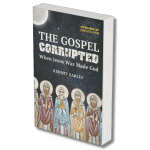.jpg) In his wonderful, and still relatively new, book American Heathens: Religion, Race, and Reconstruction in California (University of California Press and Huntington Library, 2012), Joshua Paddison transports us to post-Civil War California, where the meaning of citizenship is under debate. Who was American? Paddison argues that California stood at the center of the debate because of its multiethnic society, where “race” included black and white but also Indian and Chinese, where “religion” included Protestant, Catholic, and several varieties of non-Christian. For those of us dissatisfied with a narrative of American race relations that concentrates on the black-white binary, Paddison’s story is a refreshing new take on the postbellum years.
In his wonderful, and still relatively new, book American Heathens: Religion, Race, and Reconstruction in California (University of California Press and Huntington Library, 2012), Joshua Paddison transports us to post-Civil War California, where the meaning of citizenship is under debate. Who was American? Paddison argues that California stood at the center of the debate because of its multiethnic society, where “race” included black and white but also Indian and Chinese, where “religion” included Protestant, Catholic, and several varieties of non-Christian. For those of us dissatisfied with a narrative of American race relations that concentrates on the black-white binary, Paddison’s story is a refreshing new take on the postbellum years.
Paddison’s main arguments are, first, “that religion was central to formations of race and citizenship in the post-Civil War United States” (4), and second, “that Reconstruction was a multiracial and multiregional process of national reimagining” that resulted in “a knitting together of North, South, and West around a newly robust white Christian identity during the course of” the decade following the removal of federal troops from the South in 1877 (5).
Paddison tells this story with a remarkable attention to detail, weaving together tales of individual preachers, converts, and activists (one of whom, Jee Gam, Paddison has written about here before) to demonstrate the issues at play and the halting, incremental accumulation of support for a definition of citizenship centered around race, religion, and gender: white Christian manhood. This is not a simple story: as Paddison writes, “the nation’s rejection of Indians and Chinese immigrants as citizens in the 1880s came not as a result of race ‘trumping’ religion. Rather, one religio-racial vision—Christian white male supremacy—triumphed over another that emphasized anti-Catholicism and paternalistic racial uplift” (9).
Read the rest here















